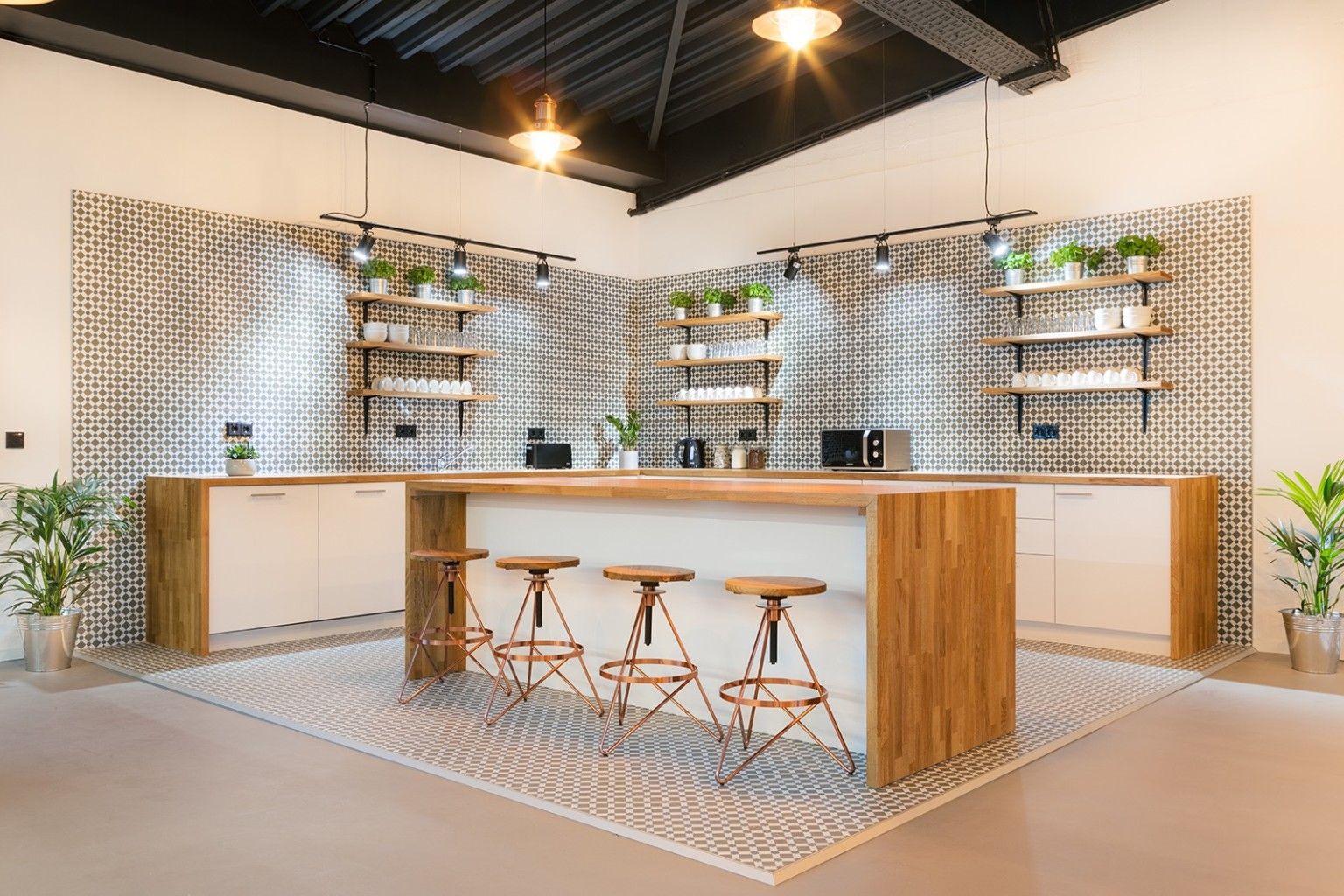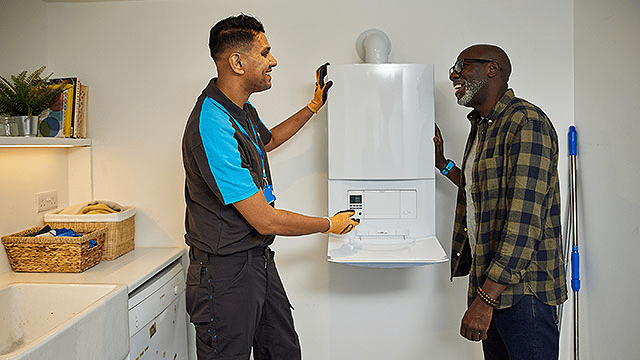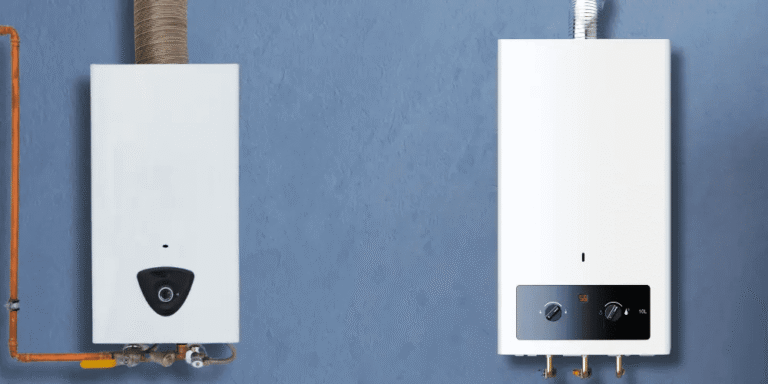
A well-equipped office kitchen is more than just a place to boil the kettle. It’s a hub for social interaction, quick refuelling, and (let’s be honest) a bit of weekday sanity. Whether you’re refurbishing a tired staff kitchen or fitting one out from scratch, the goal is the same: make it functional, welcoming, and capable of handling daily wear and tear without losing its shine.
Let’s walk through how to kit out your office kitchen properly—without overcomplicating the process or blowing the budget.
1. Start with the Layout: Space, Flow and Function
Before you buy a single teaspoon, think about how people will actually use the kitchen. Is it just for tea and toast, or are staff microwaving lunches, storing groceries, maybe even batch-cooking?
Here are some layout basics:
- Keep the triangle tight – sink, fridge and microwave should be close enough to reduce foot traffic.
- Avoid bottlenecks – leave enough space between units for two people to pass each other without awkward sidestepping.
- Include a clear prep area – even if it’s small, a wipeable surface between the sink and appliances is essential.
If the room is tiny, consider a galley layout. If there’s room to breathe, go L-shape or even add an island or breakfast bar (doubling as informal meeting space).
2. Choose Durable Surfaces and Smart Storage
Office kitchens get hammered. That means no flimsy MDF or budget flatpack that warps at the first sign of a spill. Go for:
- Worktops: Laminate for budget-friendliness, quartz for durability and looks.
- Cabinets: Opt for soft-close hinges and wipe-clean fronts. Mid-tone colours hide smudges and fingerprints better than bright white or matte black.
- Splashbacks: Tiles are timeless, but acrylic panels are quicker to install and easier to clean.
When it comes to storage, the golden rule is: more than you think you need. Include:
- Tall pantry units for communal dry goods.
- Upper cabinets for mugs, plates and overflow.
- Deep drawers for utensils and odd bits.
And yes, make sure you label everything—office fridges without labels are how cold wars start.
3. Think About Design Details That Elevate the Space
Just because it’s functional doesn’t mean it should look like a hospital corridor.
Choose cabinet fronts that add warmth and character. One underrated favourite? Shaker Doors. These bring a clean, timeless look that feels friendly but still polished. Paired with matte black handles or brushed chrome, they strike the right balance between traditional and contemporary—perfect for most modern workspaces.
Finish it off with simple pendant lighting, a pop of colour on one wall, or even a chalkboard for notes and inside jokes. A couple of plants won’t hurt either.
4. Stock Up on Essentials (But Keep It Minimalist)
Every office kitchen needs a reliable set of basics. Here’s a no-nonsense checklist:
Appliances:
- Kettle (or boiling water tap if you’re fancy)
- Toaster (4-slice, minimum)
- Microwave (one that doesn’t sound like a jet engine)
- Fridge (with clear zones for different teams if needed)
- Dishwasher (don’t skip this. you will regret it.)
Cookware & Utensils:
- Plates, bowls, mugs and cutlery (at least 1.5x the number of staff)
- Sharp knives and chopping boards
- Colander, spatula, tongs
- Mixing bowls and measuring jugs
- Reusable containers for leftovers
Cleaning:
- Bins with clear signage for recycling
- Washing-up liquid, scrubbers, sponges
- Tea towels (multiple sets)
- Paper towels and hand soap
5. Add Soft Touches That Encourage Use
People won’t use a kitchen that feels sterile. Add:
- A seating area: Even a small bench or couple of stools can turn a kitchen from a transactional space into a communal one.
- A coffee station: Get a decent coffee machine if your budget allows. Throw in a few syrups and watch morale go up.
- Message board: For birthdays, team wins, or just bad drawings.
- Snack stash: It sounds minor, but a jar of biscuits or fruit bowl can create a shared sense of care.
6. Don’t Forget the Rules (Without Killing the Vibe)
There will be mess. There will be passive-aggressive notes unless you get ahead of the chaos.
- Create a rota for dishes and general tidying
- Put up clear (but not patronising) signage
- Remind staff that the bin fairy is not on payroll
Small touches—like a “last one to use it, refill it” note above the kettle—help more than you’d think.
Final Thoughts
Kitting out an office kitchen isn’t just about filling cupboards—it’s about creating a space where people actually want to be. A good kitchen can make a 10-minute tea break feel like a genuine recharge.
Pick practical materials, invest in durable hardware, throw in some thoughtful design touches (yes, including those Shaker Doors), and you’ll end up with a space that works just as hard as your team does.







